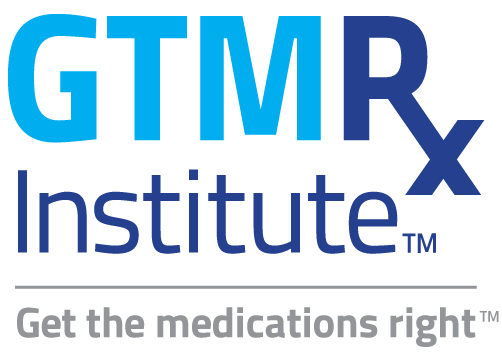Practice Transformation
Co-located professionals essential
Old primary care team modes are “underpowered,” say researchers writing in the Annals of Family Medicine. They call for a new model: “advanced team care with in-room support.” This approach has led to improved productivity and growth, as well as enhanced patient and staff satisfaction, they report. Implementing this new model redistributes team functions to “allow clinicians to shed that portion of clinical and administrative work that a well-trained, well-staffed team could easily perform.” The extended team would include, among others, a pharmacist, social worker and behaviorist. (AAFP News; Annals of Family Medicine)
Evidence & Innovation
Letter: CMM must be part of opioid solution
Comprehensive medication management must be part of addressing the opioid epidemic, Suzanne Amato Nesbit, PharmD, a specialist in palliative care and president-elect of the American College of Clinical Pharmacy, writes in a letter to the Washington Post. Success will require a multidisciplinary team-based approach the includes clinical pharmacists. “As … communities across the country struggle to bring this public-health crisis under control, we must prioritize a comprehensive strategy— including a team-based approach to care that fully uses clinical pharmacists, the health professionals best suited to optimize medication use.,” concludes Nesbit, who works at Johns Hopkins. (Washington Post)
Do vets want VA-collected genetic data?
The VA funds various genetic research initiatives, including the Million Veteran Program, one of the world’s largest databases of health and genetic information. The data provides insights into PTSD, diabetes, Gulf War illness and other conditions affecting veterans. The data is coded to protect privacy, and it’s not returned to patients. However, a study is underway to determine whether vets would want their results returned, what they would want to see and under what circumstances. (VA blog; study)
SaMD to transform care, concept of “device”
The most recent FDA proposed regulatory framework on software as a medical device (SaMD) is likely to transform patient care in the next few years, according to Inside Digital Health. Understanding the guidelines will help clinicians and their organizations take full advantage of new machine-learning-based diagnostic and treatment algorithms. To make sense of SaMD, it helps to understand the FDA’s expanded definition of a medical device. In the not-too-distant past, a medical device was a physical object, such as an EKG machine or a blood pressure cuff. But the term now encompasses software used to assist in the diagnosis, treatment, mitigation or prevention of disease–for example, mobile apps that are used in active patient monitoring or analyzing patient-specifics. (Inside Digital Health)
Policy Solutions
AMGA supports CMS data-sharing
The American Medical Group Association, or AMGA, recently announced support for the CMS Data at the Point of Care (DPC) pilot, which will help expand access to administrative claims data for providers and their patients. The pilot, which will start in September, builds on the agency’s MyHealthEData initiative and Blue Button 2.0. Providers will have access to Medicare beneficiary claims data directly within their existing workflows. Access to a patient’s complete health record is crucial to managing a patient population and improving health outcomes, AMGA explained in a letter to CMS. (Fierce Healthcare; letter)
CMS moving ahead with IPI demonstration
International Pricing Index (IPI) model is still a go: CMS Administrator Seema Verma recently told reporters that “we are fast and furious on” getting out the proposed IPI model. The demonstration project would tie Medicare Part B prices to those prices paid overseas. No proposed rule has been issued, and other drug pricing initiatives by the Department of Health and Human Services have been blocked or pulled, Fierce Healthcare reports. (Fierce Healthcare)

